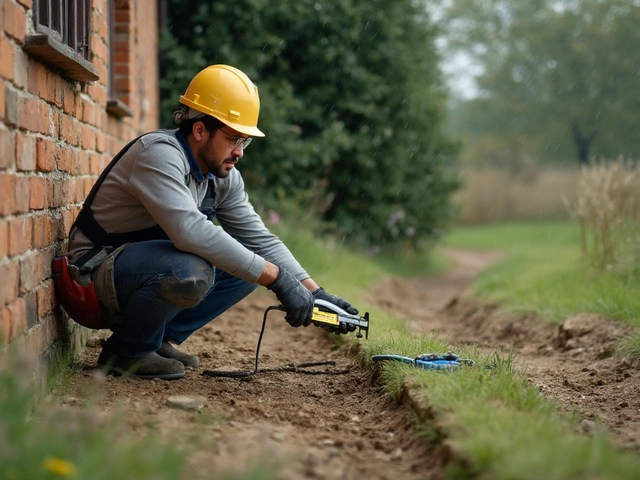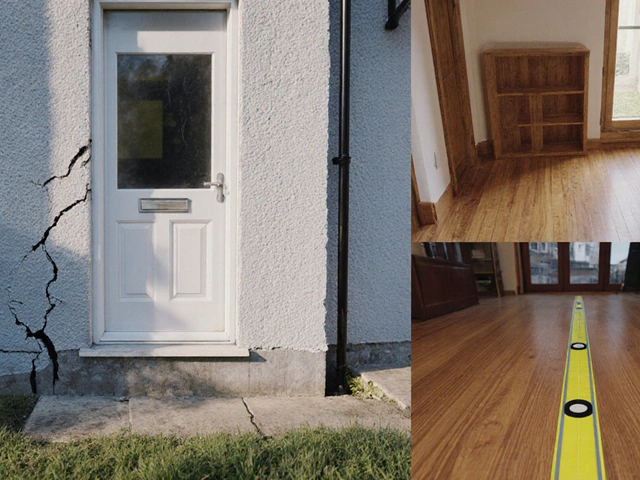Homeowners Insurance and Broken Pipes Under the Foundation: What You Need to Know
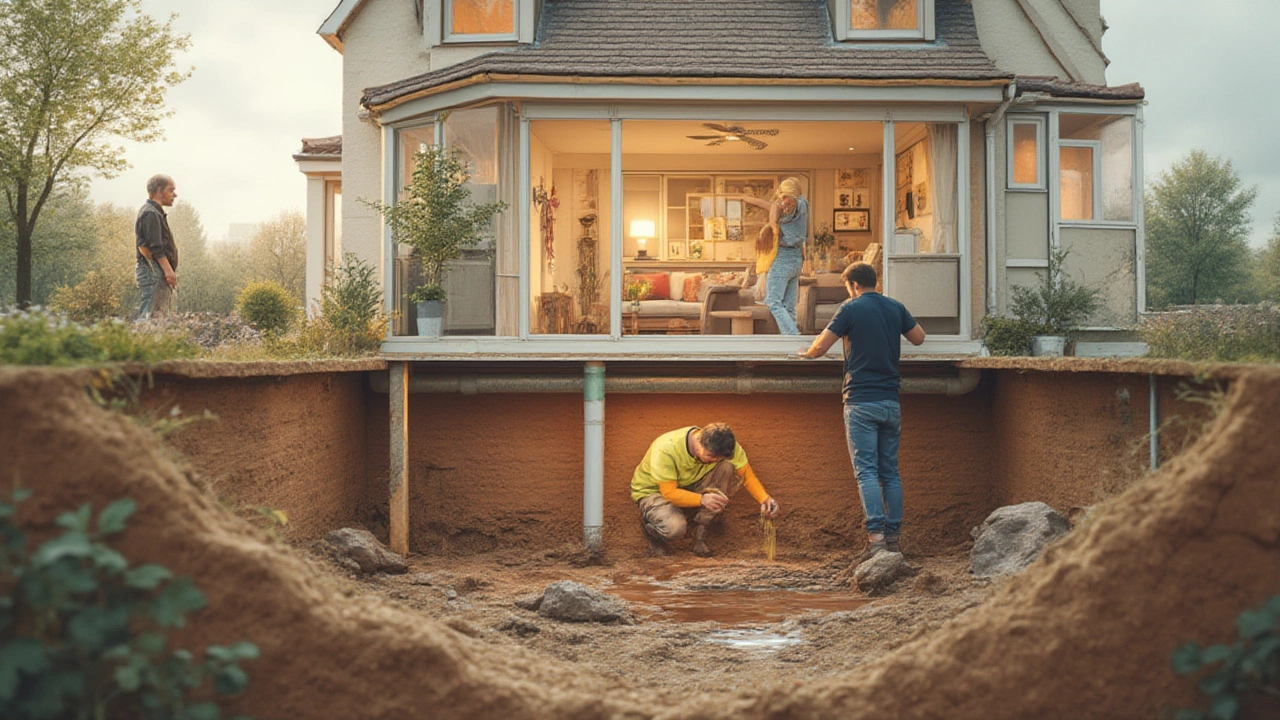
Imagine you spot a mysterious pool of water bubbling up from a crack in your living room floor. You check the plumbing but can't find a single leaky tap – only to find out later that a pipe running right under your home’s foundation has burst. This scenario sends shivers through any property owner in Auckland or anywhere else, not just because broken pipes can rack up astronomical repair bills, but also because the fight with your insurance company might be just as nerve-wracking. Why? Because most homeowners don’t know whether their insurance covers pipes under the foundation. Let’s break down the mysteries, the loopholes, and the real-life twists that make this issue so tricky – so you know what to expect before disaster floods your day.
What Does Homeowners Insurance Normally Cover for Broken Pipes?
If you’re hoping your standard policy covers just about any water disaster under your house, you might be in for a rough wake-up call. See, homeowners insurance isn’t the “all you can eat” buffet folks think it is. Yes, it’s designed to step in when sudden, accidental water damage happens. But there are catches – and when it comes to pipes under your foundation, those catches matter. Most insurers agree to pay for damage caused by something like a burst pipe, but only if that break was sudden and accidental. So if a main line pops because an earthquake shook Auckland at 2 a.m., you’re probably in luck. Same if a plumber accidentally drives a screw through the pipe during a bathroom remodel.
But what if that pipe failed after slowly rusting out or cracking from shifting soil over years? That’s where policies dig in their heels. Most exclude damage from "gradual wear and tear," corrosion, or ground movement (unless you have specific earthquake or flood coverage). Here’s where small print gets sneaky: your policy might cover the water damage to your home caused by the break, but not the actual cost to fix the broken pipe or dig out the slab. So, if a burst pipe turns your lounge into a paddling pool, insurance covers new carpet, but not the actual plumbing repair or foundation work unless special endorsements are in place.
Here’s a curveball: in New Zealand, some homeowners are surprised to learn that the Earthquake Commission (EQC) might help cover certain natural disaster-related pipe breaks. But EQC’s coverage isn’t endless — it stops where the house meets council plumbing lines (the “boundary box” in local speak), and usually only for earthquake or landslip damage, not standard failings. If you’re left wondering where “accidental” ends and “gradual” starts, you’re not alone. Insurers have teams of adjusters whose job is to investigate every angle, often even flying in leak detection specialists to check out claims. That’s why it pays to read the exclusions section of your policy like a detective on a cold case.
A real-life example from Auckland: one Mount Eden homeowner discovered a burst pipe under their 1920s villa’s slab after water started seeping up through the flooring. Insurance paid for a new hardwood floor and mold remediation, but stopped short of picking up the tab for jackhammering through the slab and plumbing repairs (more than $12,000 out of pocket). Their policy, like many others, drew a hard line between “consequential damage” (covered) and fixing the source (not covered). The key takeaway: always ask your insurer not only what’s covered when pipes burst, but what’s excluded – otherwise, you might be up to your knees in regret and muddy water.
Sometimes, additional endorsements for things like “hidden water damage” or “foundation water line coverage” can plug these gaps nicely, but they don’t come standard. In fact, some major NZ insurers offer add-ons and extensions that specifically include subterranean plumbing, but you need to opt-in and pay extra. The lesson? Don’t assume your policy is bulletproof, and don’t wait for a soggy disaster to find out what’s actually in your coverage.
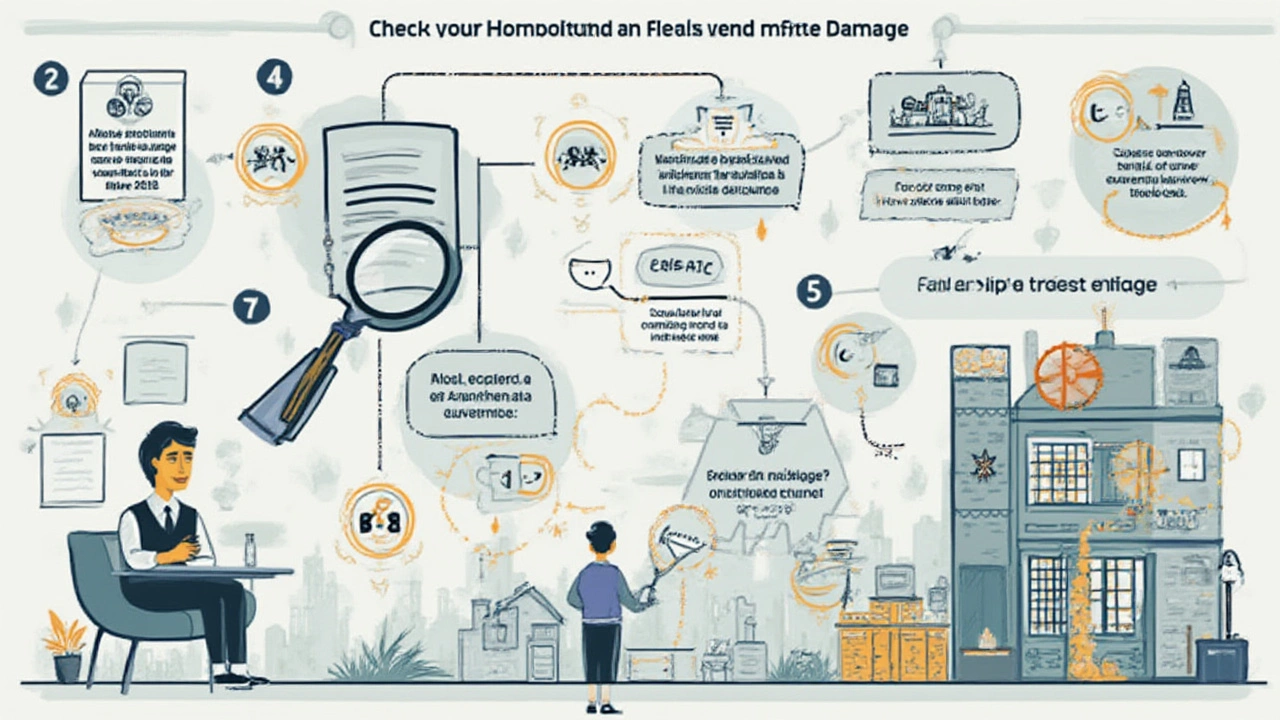
Common Causes and Risks of Broken Pipes Under Foundation
Pipes hidden under your house might seem safe from harm, but ask any plumber in Auckland and you’ll hear otherwise. The causes of broken pipes beneath a slab are sneakier than you’d think. First up: shifting soils – a big issue for many older neighbourhoods built on clay or reclaimed land. As the ground swells with rain or shrinks during drought (especially around the Auckland isthmus), it slowly puts pressure on old copper or plastic pipes winding beneath the home. Years of this dance, and suddenly a pipe gives way.
Trees and their sneaky roots are another big culprit. A study by the NZ Plumbers Association flagged invasive root systems as one of the top reasons for underground pipe breaks, especially among houses built before the mid-1980s. The roots hunt for water, and once they find the warmth of a pipe, they push and squeeze until cracks appear, sometimes even splitting entire joints. That’s not all: poor original installation can doom pipes from the start. Plumbing codes have changed a lot since the ‘70s, so older homes may have pipes laid too shallow, or without proper bedding material. If a section of your slab doesn’t have enough gravel or sand underneath, any shifting can leave pipes vulnerable to snapping.
Chemical reactions play a part too. Auckland’s water is mostly "soft," but in older suburbs with corroding metal pipes, the wrong mix of minerals can eat through copper from the inside out. Toss earthquakes and subsidence into the mix, and you’ve got a range of risks that can strike anytime – especially in a country where the ground never feels totally still. And unfortunately, most of these risks fall into gray areas for insurers. Insurance generally covers suddenly broken pipes, not those that have suffered from long-term neglect, corrosion, or root invasion (unless specifically included).
Then there’s the domino effect: one unnoticed leak can slowly cause major foundation damage, spreading moisture and undermining the slab. According to recent reports from Auckland Council, properties with persistent under-slab leaks are five times more likely to experience differential settlement – where one part of the house drops faster than another, causing cracks in walls, sticking doors, and sagging floors. The trouble is that many of these leaks aren’t obvious until there’s widespread property damage.
To reduce risk, plumbing pros recommend keeping big trees at least 10 metres away from the house, sticking to smaller species close to foundations, and booking a pressure test on main water lines every five years – especially if your home is 30+ years old. Some Aucklanders now install leak sensors connected to smart home systems, getting alerts on their phones if abnormal water use suggests a pipe leak underground. Spotting trouble early can mean the difference between a small plumbing bill and a major insurance headache.
It’s also smart to get a professional plumber to do a camera survey of old pipes during major renovations. High-res video can find hairline cracks or root ingress before things spiral into big problems – or get flagged as “pre-existing conditions” during an insurance claim. If you have clay, steel, or early-generation PVC pipes under your slab, replacement rather than repair might be the way to go, despite the upfront cost.
By knowing the most common triggers for under-slab pipe breaks, you can lower your risk of waking up to a disaster – and you’ll be way more confident talking to your insurer if something goes wrong. Ignoring those weird brown stains or that musty smell under your rug? That’s not just a minor quirk, but a warning flare – get it checked out before it turns into an all-out catastrophe.
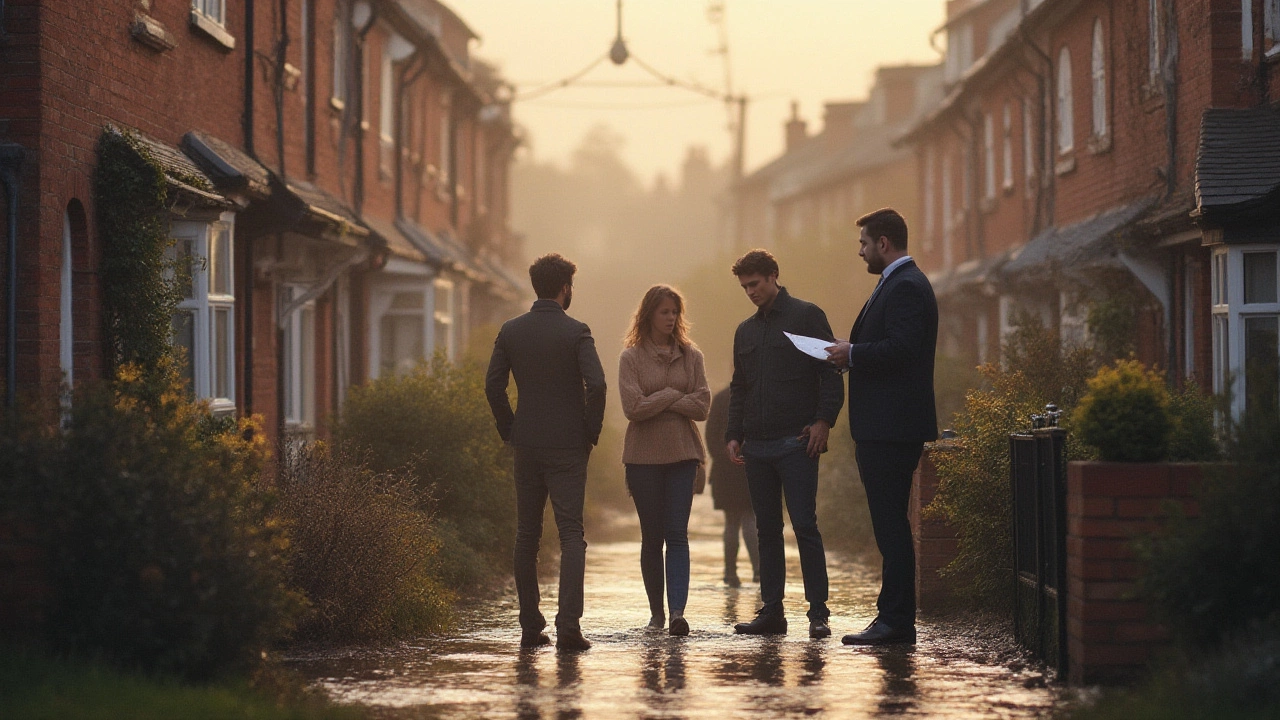
How to Handle Broken Pipes Under Your Foundation: Insurance Claims and Practical Tips
You notice water pooling on the floor or a sudden spike in your water bill, and dread starts to build. What’s your first move if you suspect a broken pipe under the foundation? In a word: evidence. Insurers love documentation, and the sooner you show that the problem was “sudden and accidental,” the better your chances. Here’s how to play it smart if that plumbing nightmare becomes your reality.
Start with photos — lots of them. Snap everything from the pooling water to stains on the floor and any water-damaged possessions. Next, turn off the main water supply to prevent more damage (and to avoid the insurer claiming you “failed to mitigate loss”). Call a professional plumber, ideally one who specializes in under-slab repairs or leak detection. Modern plumbers use thermal imaging and listening devices to pinpoint leaks under concrete, so you won’t need to demolish the whole slab just to find one pipe break. Get a written report from the plumber, which can double as proof for your insurer. Don’t start any costly repair work before your insurance provider signs off, unless it’s an emergency to protect your property from further harm.
Now comes the paperwork shuffle. Ring your insurer’s claims hotline, and be ready to send them your photos, the plumber’s report, and a written explanation describing what you did to limit the damage. Most companies will dispatch an assessor within days. If the cause qualifies — say, an earthquake or a truly accidental burst — things usually run smoothly. But if the insurer suspects long-term issues, like old corrosion or slow root damage, you’ll need all the evidence to prove otherwise.
Don’t be afraid to ask tough questions. Request written confirmation detailing what the insurer will and won’t cover, so there aren’t nasty surprises when the bill comes. If your claim is denied, you have several options: ask for a second opinion from another plumber, challenge the ruling through the Insurance & Financial Services Ombudsman here in NZ, or speak to a lawyer who specializes in property insurance. In 2024, nearly 20% of contested plumbing-insurance claims were overturned in the homeowner’s favour after review, so don’t just accept a “no” without double-checking.
Some practical moves for anyone living in an older Auckland house:
- Have your policy reviewed every couple of years, especially if you’ve remodeled or upgraded plumbing.
- Consider insurance add-ons for “hidden water damage” or “foundation plumbing” – they’re usually worth it if you have old pipes.
- Install a water usage monitoring device; several local companies now offer these with real-time alerts.
- After heavy rainfalls or earthquakes, look for new cracks, unexplained mold, or sudden spikes in moisture. Don’t ignore the basics: sometimes insurance companies will deny claims if you “ought to have known” there was an issue.
- Keep record of all plumbing work done under the house. Well-documented repairs can speed up claims and make it easier to prove proper maintenance if something bad happens.
And if you’re buying a house, get a pre-purchase plumbing inspection. It’s shocking how many supposedly renovated Auckland villas hide a rats’ nest of pipes beneath their shiny new floors. Your lawyer or real estate agent can recommend specialists who do these inspections with camera gear. Their reports could save you tens of thousands – or spare you the pain of chasing an insurer after the fact.
To wrap it up, don’t just hope your *homeowners insurance* will pay for everything if a pipe bursts under your foundation. Read your policy, know the risks, and get your house checked regularly. Insurance is there for disasters — but only if you’re ready before the water starts rising.

